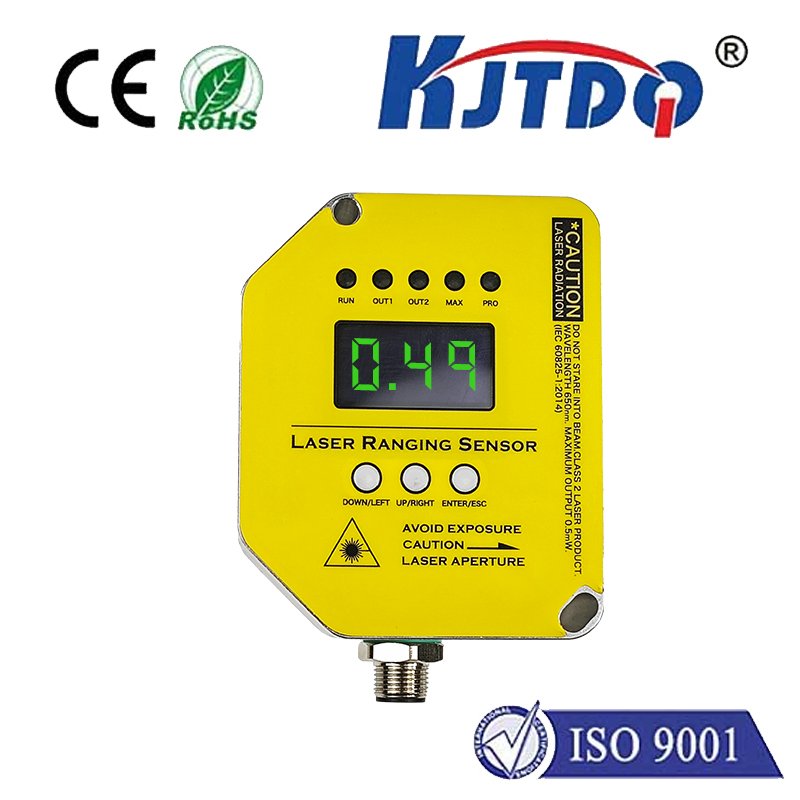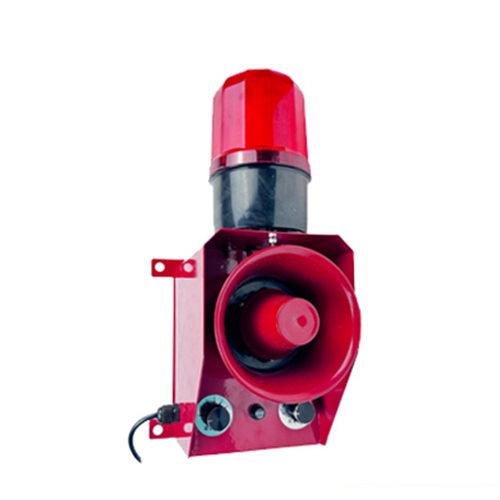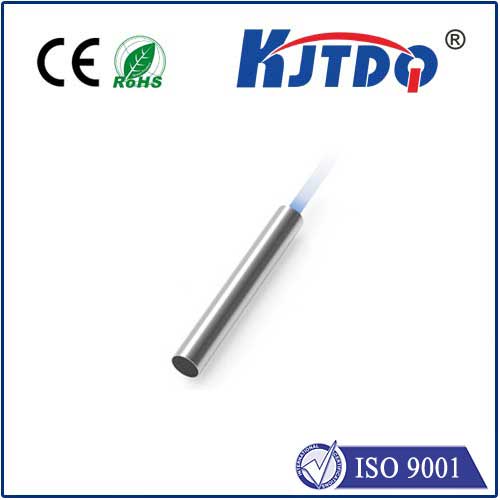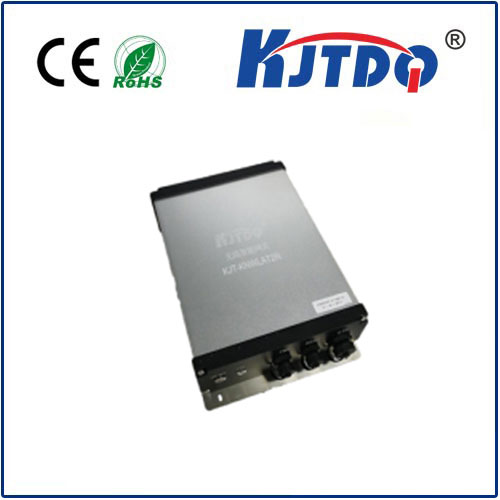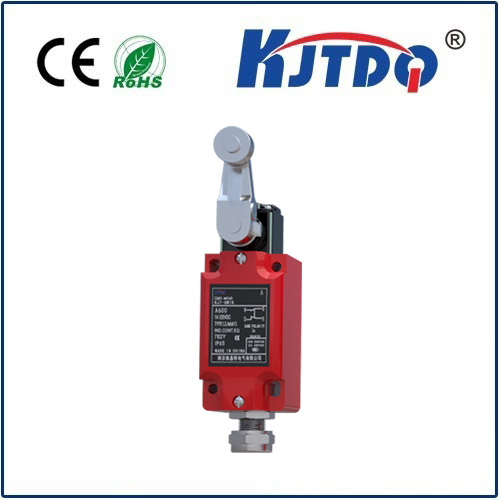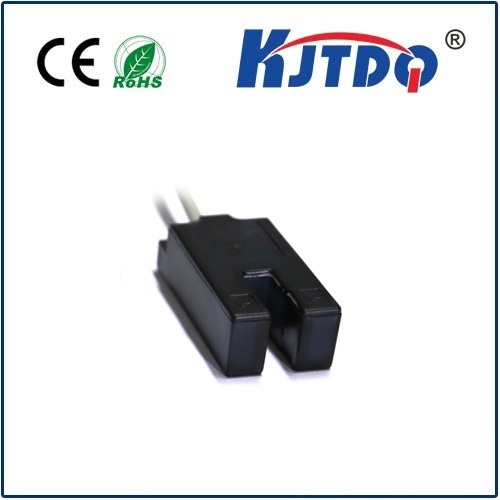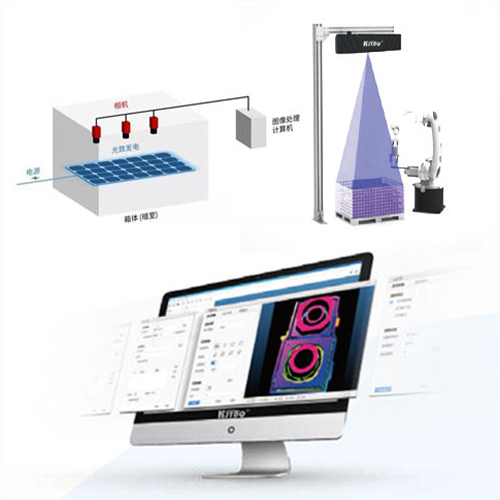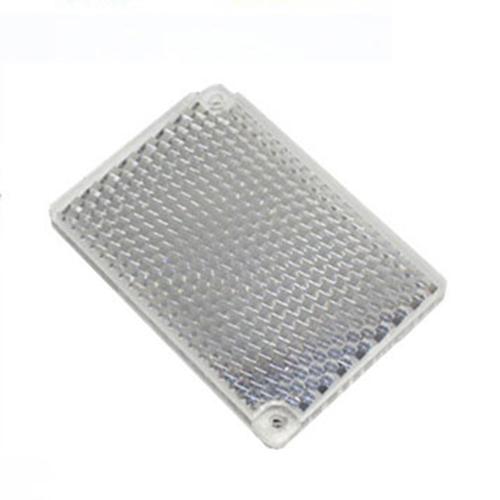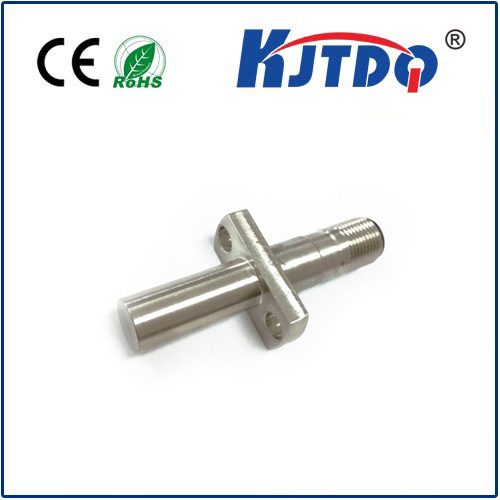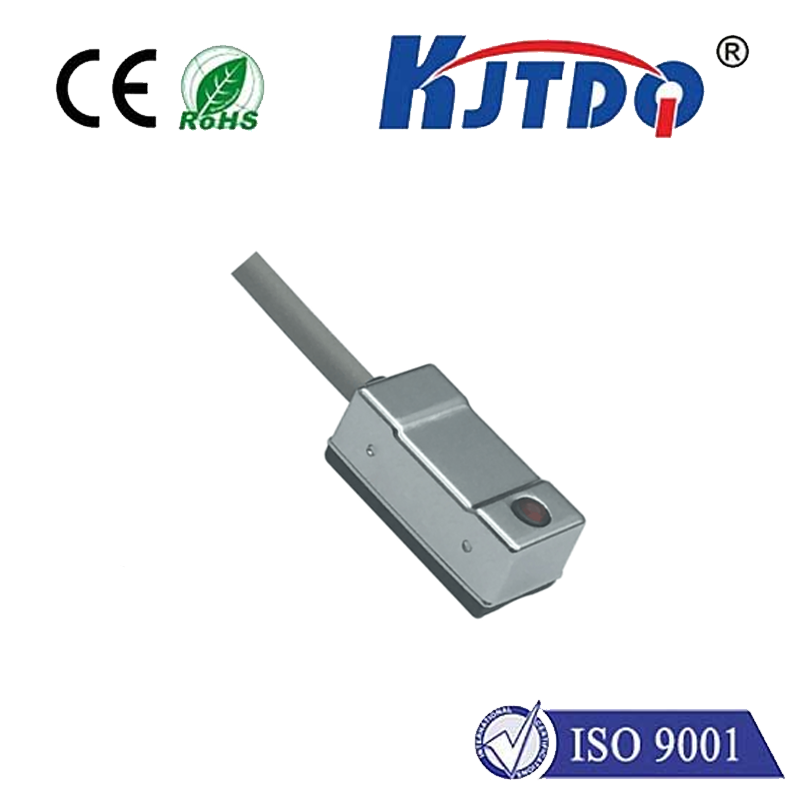датчик регулируемого приближения
- time:2025-06-14 02:30:52
- Нажмите:0
Adjustable Proximity Sensors: How Do They Revolutionize Detection?
Imagine a world where machines sense their surroundings not just accurately, but precisely tailored to the task at hand. Where a production line sensor deftly ignores harmless vibrations but instantly detects a misaligned component, or a smartphone screen dims perfectly regardless of bright sunlight or dim indoor lighting. This level of intelligent, context-aware detection is made possible by a critical innovation: the датчик регулируемого приближения. Moving far beyond simple on/off detection, these versatile components offer unparalleled control, making them indispensable across countless modern applications.
So, what exactly is a proximity sensor? At its core, it’s an electronic device designed to detect the presence, absence, or distance of nearby objects without physical contact. They achieve this through various methods, primarily emitting electromagnetic fields (inductive/capacitive types) or beams of radiation (like infrared or photoelectric sensors) and measuring changes in the field or reflected signal when an object enters their detection zone.
The true power lies in the “adjustable” aspect. What makes these sensors stand out is the ability to fine-tune their key operating parameters. This adjustability typically focuses on two critical areas:
- Sensitivity/Distance Adjustment: This is the most common and crucial feature. It allows users to set the exact detection range or the threshold at which the sensor triggers. For instance:
- On a conveyor belt, you might set a sensor to detect objects only within 10mm to ignore passing machinery parts further away.
- In a packaging machine, sensitivity can be lowered to detect only opaque objects, ignoring transparent films.
- Crucially, this adjustment compensates for real-world variables like sensor mounting misalignment, target material variations (e.g., different metals), temperature drift, or even dust accumulation on the lens.
- Hysteresis Adjustment: While less common, some advanced sensors allow adjusting the difference between the point where the sensor detects an object (“switch-on point”) and the point where it stops detecting it as it moves away (“switch-off point”). This prevents rapid, undesirable switching (“chatter”) when an object is hovering right at the detection boundary.
Why Adjustability is a Game-Changer:

The benefits of incorporating adjustability into proximity sensing are profound:
- Enhanced Precision & Accuracy: Eliminates false triggers and missed detections caused by environmental noise or target inconsistencies. The sensor performs exactly as needed for the specific application.
- Unmatched Versatility: A single adjustable sensor model can often replace multiple fixed-range sensors. This simplifies inventory management and reduces costs. It can be readily adapted for different tasks or target materials within the same machine or across different machines.
- Simplified Installation & Calibration: Installation becomes significantly easier. Technicians don’t need perfect positioning on the first try; they can simply mount the sensor roughly and then fine-tune the detection range via adjustment screws, potentiometers, or software. This reduces setup time and complexity.
- Superior Noise Immunity: The ability to tune out interference from electrical noise, background light (for optical sensors), vibration, or other nearby objects makes these sensors incredibly robust in harsh industrial environments.
- Adaptability to Change: Processes and materials can evolve. An adjustable sensor can be reconfigured on-site to accommodate these changes without requiring physical replacement.
Where Adjustable Proximity Sensors Shine (Applications):
Their flexibility makes them ubiquitous:
- Industrial Automation (The Core Domain):
- Precise Object Detection & Counting: On high-speed assembly lines, ensuring components are present, correctly oriented, and counted accurately, adjustable sensors handle varying part sizes and colors.
- Level Control: Monitoring fill levels in tanks (liquids, granules) through non-metallic walls, with sensitivity adjusted for the specific tank material and content.
- Position Verification: Confirming the exact position of robotic arms, cylinder rods, doors, or clamps, even in dirty or oily conditions. Adjustability ensures reliable detection despite wear or buildup.
- Machine Safety: Used in safety light curtains or area guards, often with adjustable ranges to define the protected zone precisely.
- Consumer Electronics:
- Smartphone Display Management: Detecting when the phone is held near the ear during a call to turn off the screen and prevent accidental touches (display luminance adjustment based on proximity). Sensitivity adjustment ensures this works reliably with different users and phone cases.
- Automatic Faucets/Sanitary Equipment: Detecting hands reliably under varying lighting conditions and distances.
- Automotive:
- Parking Assistance Systems: Sensing obstacles during parking maneuvers. Adjustability helps fine-tune detection for different vehicle shapes and bumpers.
- Automatic Trunk Opening (“Kick Sensor”): Detecting a foot gesture under the rear bumper reliably.
- Adaptive Cruise Control/Blind Spot Monitoring: While often radar/LiDAR, some systems use proximity sensors for short-range object detection, requiring precise tuning.
- Building Automation:
- Energy-Saving Lighting: Turning lights on/off based on occupancy in rooms. Adjustable sensitivity prevents false triggers from minor movements while ensuring detection of actual presence.
- Automatic Doors: Detecting approaching people reliably for smooth door operation.
Choosing Your Ideal Adjustable Proximity Sensor:
Not all adjustable sensors are created equal. Consider these factors:
- Sensing Principle: Inductive (metals only), Capacitive (metals, plastics, liquids), Ultrasonic (solid/liquid objects), Photoelectric (light beam interruption/reflection). Choose based on target material and environment.
- Output Type: Discrete (NPN/PNP transistor switching) or Analog (continuous distance output). Discrete outputs are simpler; analog offers precise distance data.
- Adjustment Mechanism: Physical potentiometer (easy for on-site tweaking), teach-button, or digital interface (e.g., IO-Link for sophisticated remote configuration and monitoring). Digital interfaces unlock Industry 4.0 potential.
- Environmental Rating: Ensure the sensor’s IP (Ingress Protection) or NEMA rating suits the environment (dust, water, washdown, chemicals, extreme temperatures).
- Detection Range: Select a sensor whose maximum range comfortably exceeds your needed working distance, allowing adjustment within that range.
Optimizing Performance: Calibration is Key
Even the best adjustable sensor requires careful setup:
- Physical Mounting: Ensure stable mounting to minimize vibration impact. Position the sensor roughly within the expected detection zone.
- Introduce the Target Object: Place the representative object at the exact position where detection should occur.
- Fine-tune Sensitivity/Range: Slowly adjust the sensitivity potentiometer, teach-button sequence, or software parameter. Start from a low sensitivity and increase slowly until the sensor reliably triggers at the desired target position. Test repeatedly to ensure consistency.
- Test Edge Cases: Test with objects slightly closer and farther, and under different ambient conditions (e.g., temperature changes, other moving parts nearby) to ensure stability.
The Indispensable Tool for Smart Sensing
Adjustable proximity sensors are far more than simple switches. They represent a fundamental shift towards intelligent, adaptable, and highly reliable non-contact detection. Their built-in flexibility tackles the inherent variability of the real world – differing materials, challenging environments, process changes – delivering consistent, precise performance where fixed sensors fall short. From the high-speed precision of manufacturing floors to the intuitive interfaces of our smartphones and the safety features in our cars, adjustable proximity sensors are quietly but powerfully enabling smarter interactions between machines and their environments. As automation demands grow ever more sophisticated, the ability to customize detection with such ease ensures these sensors will remain at the forefront of technological innovation.

